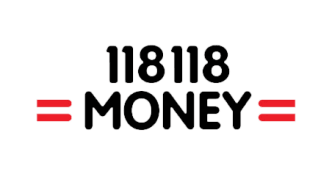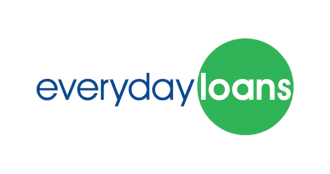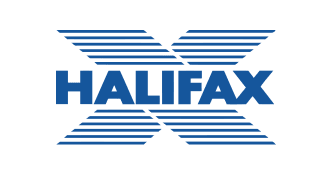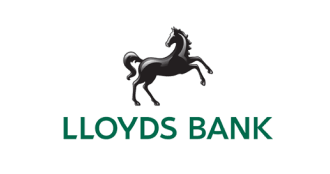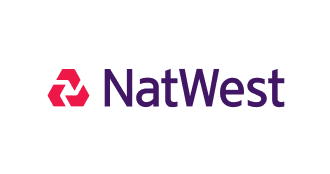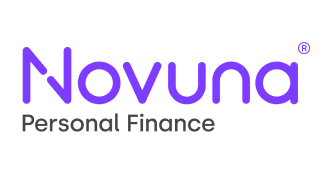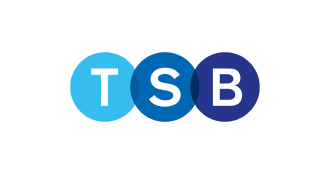Barclays personal loans

Barclays currently offers personal loans for between £1,000 and £50,000, with loan terms that range from two to five years. Because a Barclayloan is unsecured, you’re not required to put forward anything you own as security against the loan.
How much you borrow, your repayment term, and your personal circumstances will all be taken into account when calculating the Barclays loan rate you need to pay.
If you decide to take out a Barclays loan, your interest rate will be fixed, and you’ll be expected to repay your loan amount plus interest in monthly instalments.
Paying off your loan early is allowed, but you’ll need to pay the remaining interest that’s due if you do so in full. You might also have to pay an early repayment charge, depending on the terms of your loan.
» COMPARE: Personal loan rates
Barclays loan rates
Interest rates on Barclays’ loans are fixed, meaning the amount you pay each month will stay the same for the duration of your loan. The interest rate you must pay will depend on three main factors: the size of your loan, the length of time, or term, over which you agree to repay the loan, and your personal situation.
The Barclays personal loan rate you’re offered will sit somewhere between the minimum and maximum APR that Barclays offers on its loans when you want to borrow.
The APR gives you an indication of how much the loan will cost you over a year, including the interest rate and any standard fees. It is designed to help make it easier for borrowers to make comparisons between loans from different lenders.
While Barclays and other lenders will advertise a representative APR on their loans, this is not necessarily the rate that you’ll be offered. The representative APR is a rate that at least 51% of those taking out the loan in question must get. It follows, however, that up to 49% of borrowers may be asked to pay more than the advertised representative APR for the same loan.
Premier Barclayloan
If you have a Barclays Premier Current Account, one of the potential benefits it can provide is access to a Premier Barclayloan.
With a Barclays Premier Loan, the representative APR advertised is generally lower than on a standard Barclays personal loan. However, if you qualify, the rate you’re offered will still depend on your loan amount, repayment term and personal circumstances.
If you’re eligible for a Premier Barclayloan, and apply through online banking or the Barclays app, Barclays may be able to tell you the loan rate available to you up front, without affecting your credit score.
Can I get a secured loan from Barclays?
If you have a mortgage with Barclays, you may be allowed to add some additional borrowing to your current mortgage. Your eligibility will depend on a few things including whether you’re able to afford the higher repayments you’d need to make and your credit history.
We have a dedicated page where you can learn more about and compare secured loans.







